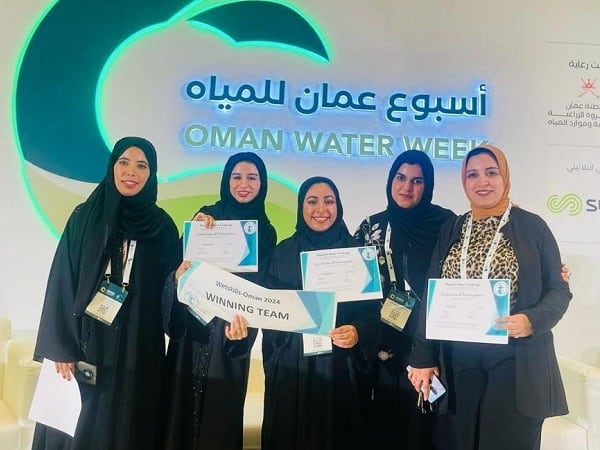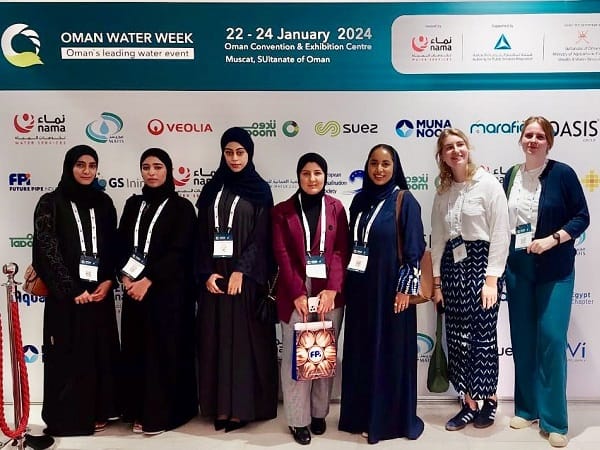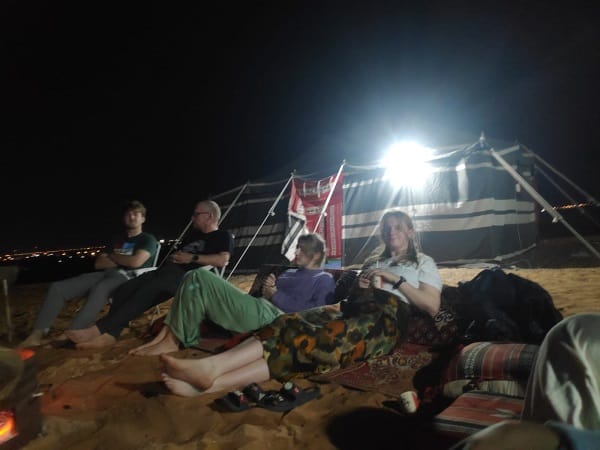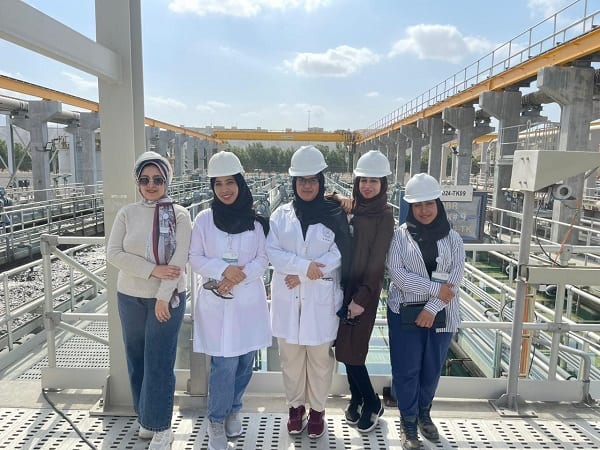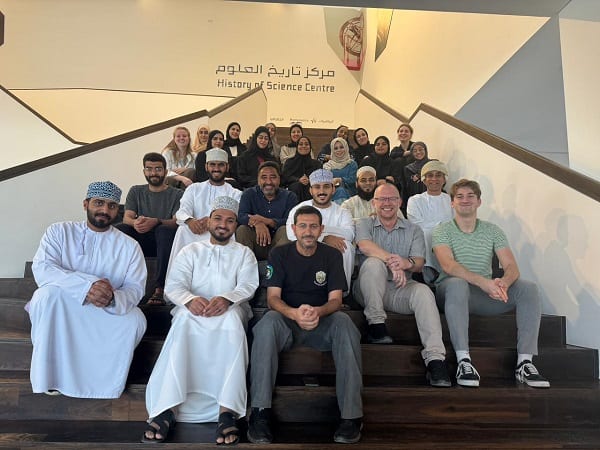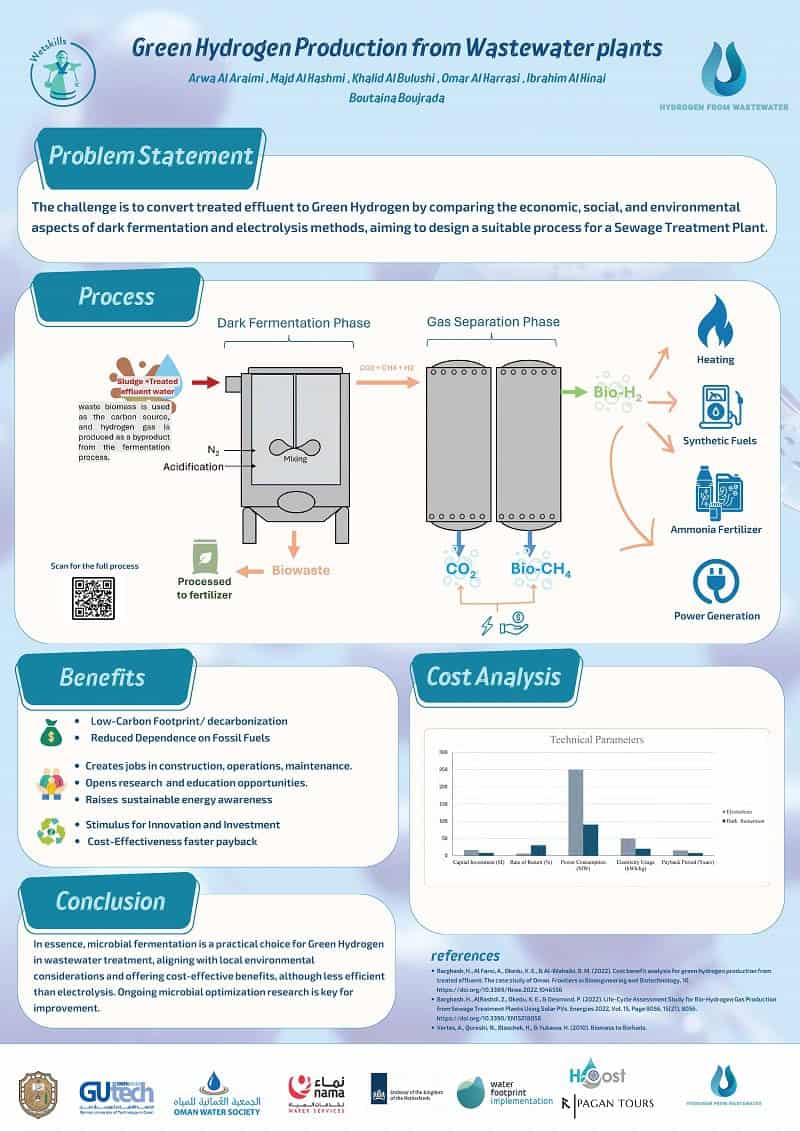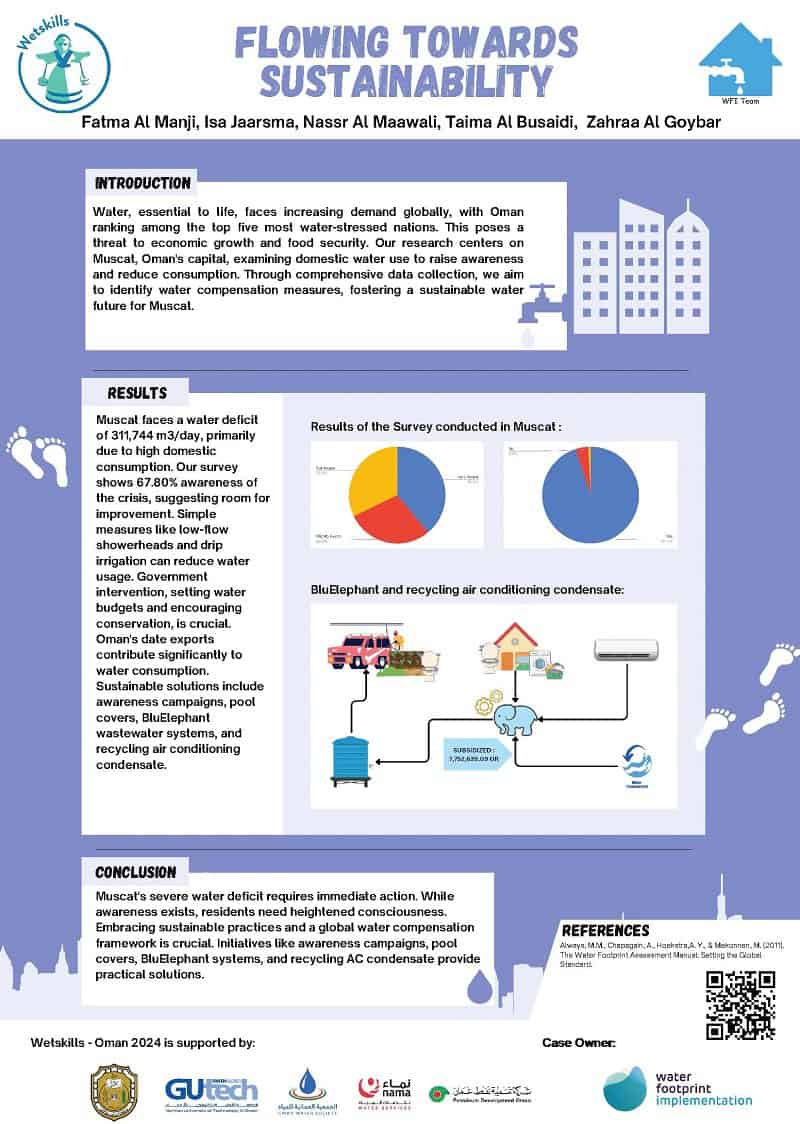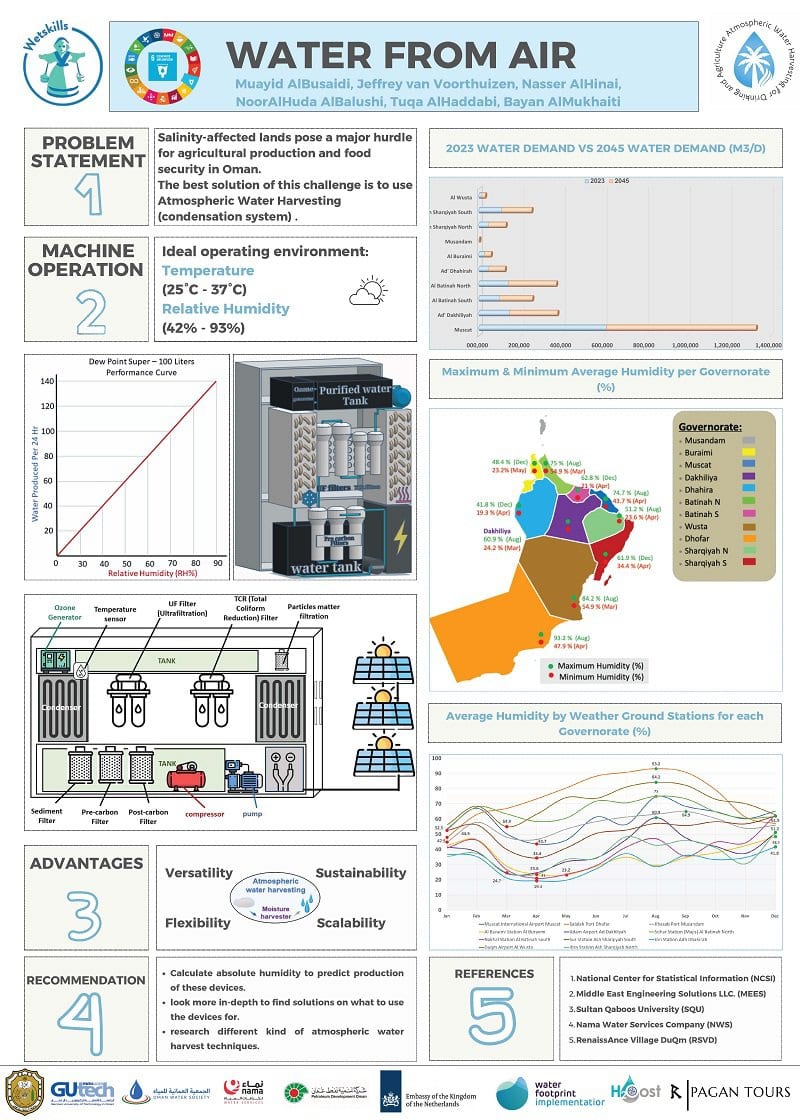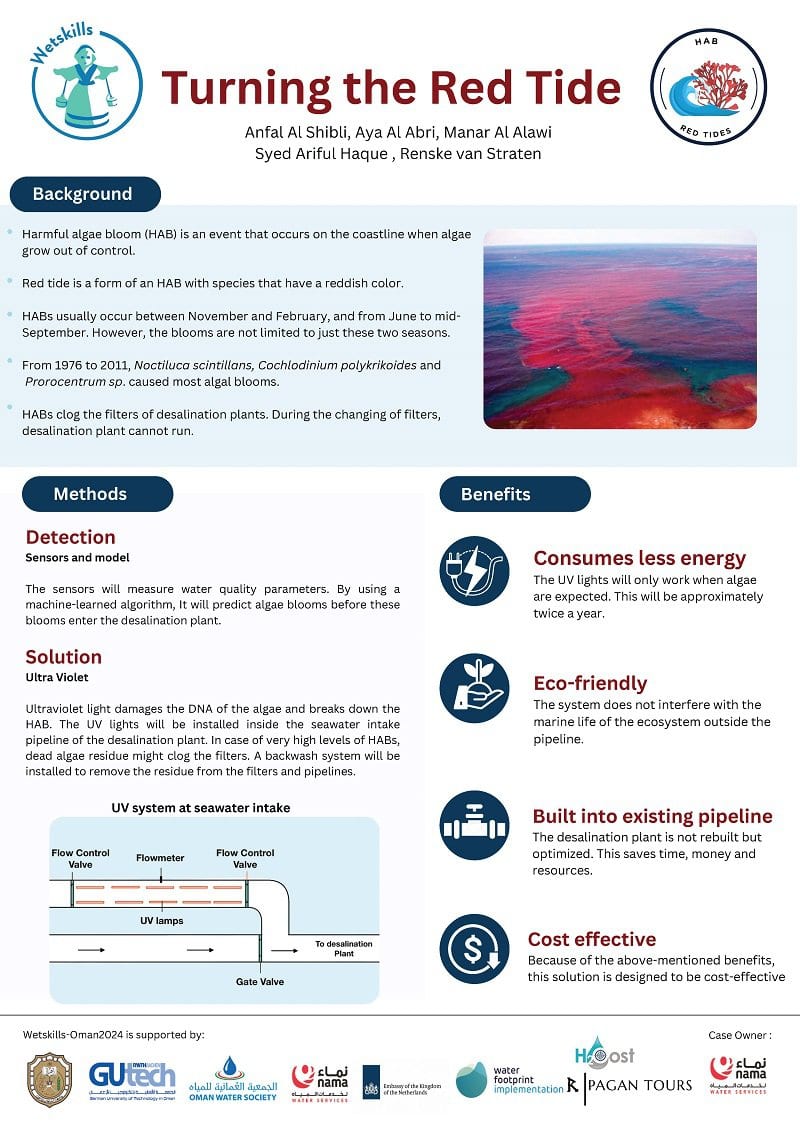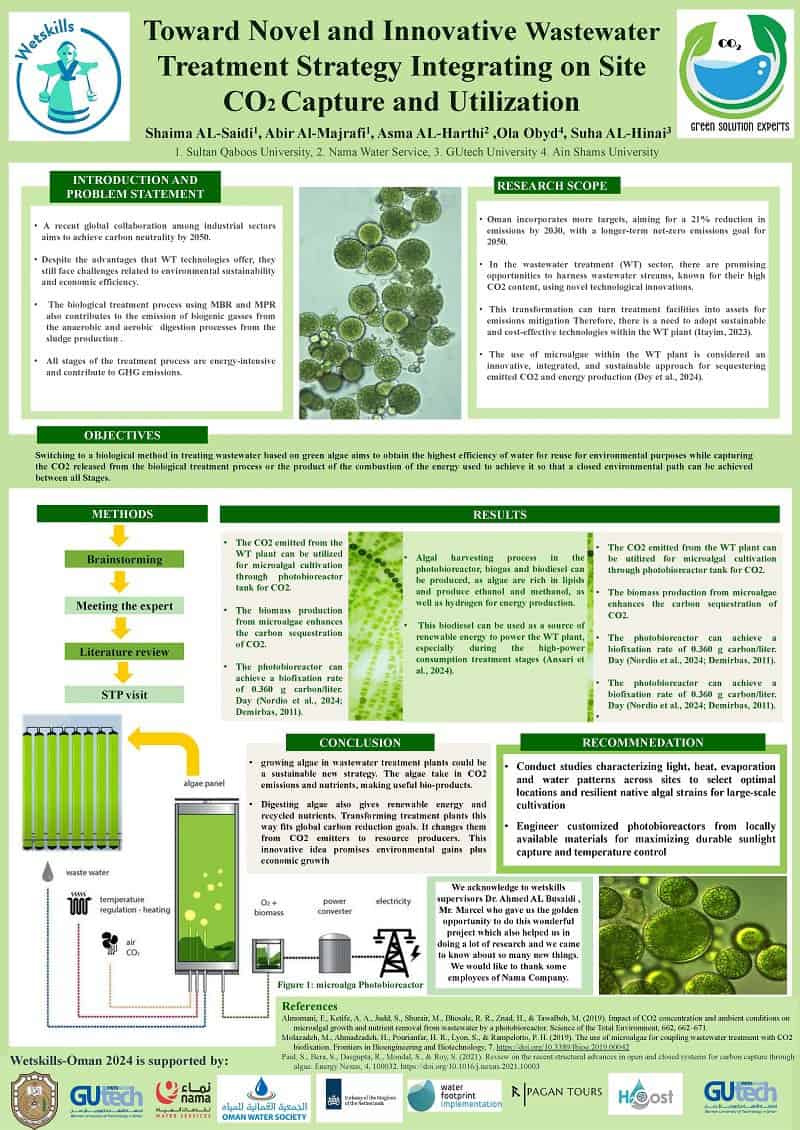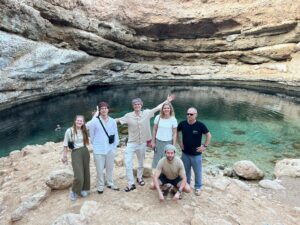
- This event has passed.
Wetskills-Oman 2024
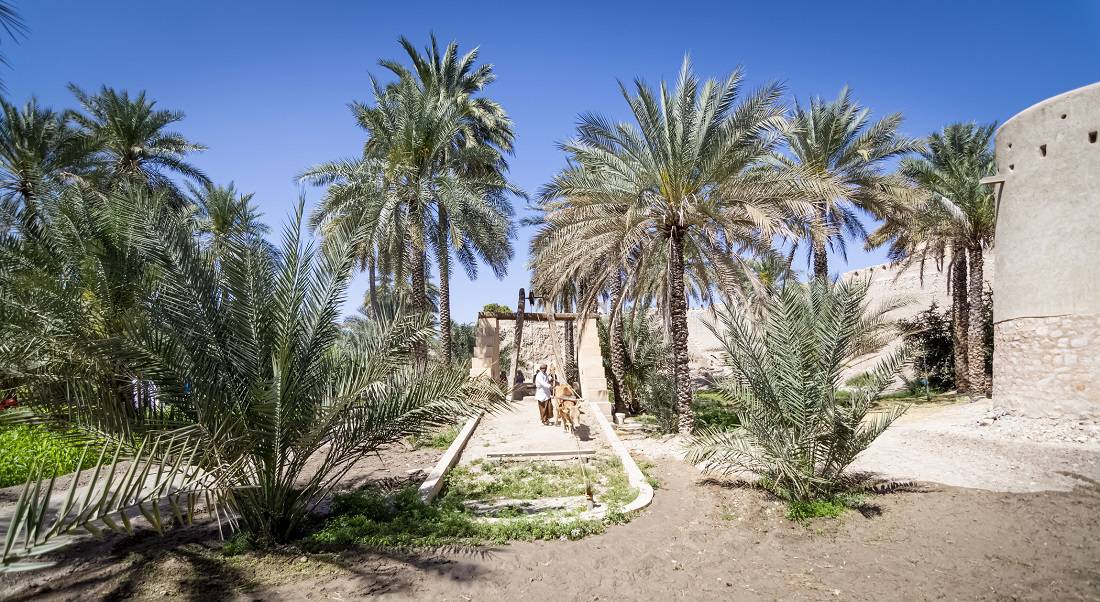

5th Wetskills in Oman for concealing water solutions during the first Oman water week!
Because of the great successes of previous Wetskills Challenges in Oman (since 2011 up to 2023) we were thrilled to organize this new event, the fifth edition: Wetskills Oman 2024!
Our partners provided 5 challenging cases: on green hydrogen production, water footprint calculations, CO2 recovery in wastewater treatment, prevention of harmful algal blooms, and technologies for atmospheric water harvesting. We had a great program with interesting field visits, teamwork and workshops – and the finals are during the Oman Water Week. Follow us in this event!
Watch the Video of Wetskills-Oman 2024
Joining this Wetskills Event – What do you get?
A unique learning experience where you will tackle real-life water challenges with your own team!
- You will increase your skills in: international cooperation; problem solving, cross-cultural and interdisciplinary teamwork, networking and presenting (pitch & poster);
- You will get the opportunity to connect with other international water students/young professionals;
- You will exclusively visit the Wetskills finals and awarding workshop at Oman Water Week;
- You will visit Muscat and surroundings: water-related, natural and cultural sites, and meetings with water experts;
- You will learn, network and experience more about international and regional water challenges, the main stakeholders and organizations, contemporary issues and current business opportunities;
- You will receive a certificate of participation upon completion of the program.
More information
Contact: Ahmed Al-Busaidi, ahmed99@squ.edu.om ; Marcel Rompelman, marcel.rompelman@wetskills.com ; or Johan Oost, johan.oost@wetskills.com.
Event Blogs & Photo impressions

Deadline Day & Visit Oman Water Week
Weekend trip and Sunset
Pitch training & visit Nama Water Services
Visit GUtech & Design of Ecological houses
Crazy88 icebreakers
Event Cases

Case 1: Green hydrogen production
Case owner: Nama Water Services (NWS)
Hydrogen is considered as one of the green solutions for a clean and sustainable energy source. Hydrogen can be used in various sectors, such as transportation, chemistry and electricity, and can contribute to decarbonizing the gas networks. Hydrogen can be produced from different sources, some of which are renewable, such as biomass. The production of hydrogen demands water to create this green energy source. Nama Water Services is working on utilizing treated wastewater for producing green hydrogen and asks for an inspiration guide with the best international practices in this field.
Case 2: Compensating of water use
Case owner: Water Footprint Implementation (WFI)
In March 2023, Water Footprint Implementation (WFI) and various partners successfully launched Water Footprint Compensation during the United Nations Water Conference in New York. Water compensation is a concept that implies a water user can mitigate (the negative impacts of) their water consumption by taking action to replenish, restore or protect the water system from which the water has been abstracted. it is based on the principle of a litre for a litre. Oman is an arid country with scarce water resources. How can Oman benefit from the concept of WF Compensation to ensure an increase in water availability or quality?
Case 3: Water from air
Case owner: Sultan Qaboos University (SQU)
The case is about the problem of salt affected lands and water scarcity in Oman, and the potential solution of atmospheric water harvesting (AWH). AWH is a technology that extracts water from the air, especially in coastal areas with high temperature and humidity. The case asks how AWH can help Oman’s agriculture and drinking water sectors become more sustainable, and what are the best options and recommendations for using green technology to produce water. The case will evaluate the weather data, the efficiency of different machines, and the economic feasibility of AWH.
Case 4: Turning the (red) tide
Case owner: Nama Water Services (NWS)
Harmful Algal Blooms (HAB – red tides) are frequent events in Omani coastal waters affecting marine life and desalination plants. Caused by natural and local factors, hard to detect and predict. Current detection methods are based on water sampling or chlorophyll measurement, time-consuming and limited by sub-surface blooms. Current mitigation methods are based on chlorination, DAF, or filtration, high environmental impact, ineffective at high algal concentrations, expensive, and require chemical dosing. How can new HAB mitigation methods be incorporated in NWS? Consider HAB mitigation techniques from around the world and the Security of Supply (SoS) research to reduce risks.
Case 5: Towards wastewater treatment with CO2 recovery
Case owner: GUtech
With strong global commitment to achieve net zero carbon emissions by 2050, many efforts are focusing on decarbonization and reaching a balance between anthropogenic emissions and mitigation strategies. In the wastewater treatment sector, substantial achievements were made in terms of energy efficiency improvement, clean and green energy use and renewable energy recovery from wastewater. Sofar, very few efforts investigated the possibility of using wastewater treatment technologies for CO2 capture and utilization. Would it be possible to realize an integrated approach with on-site direct CO2 capture, storage and utilization in wastewater treatment plants? Could carbon-emitting technologies be converted into resources recovery facilities? What would be the economic, environmental and social direct impacts and benefits?
Event Partners

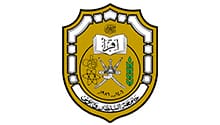

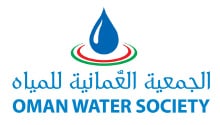

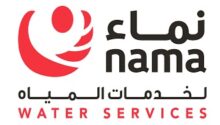
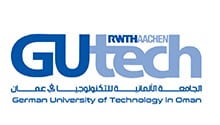
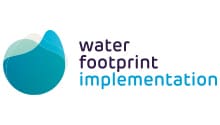
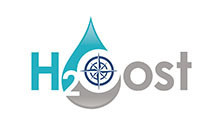
Previous Events in Oman


